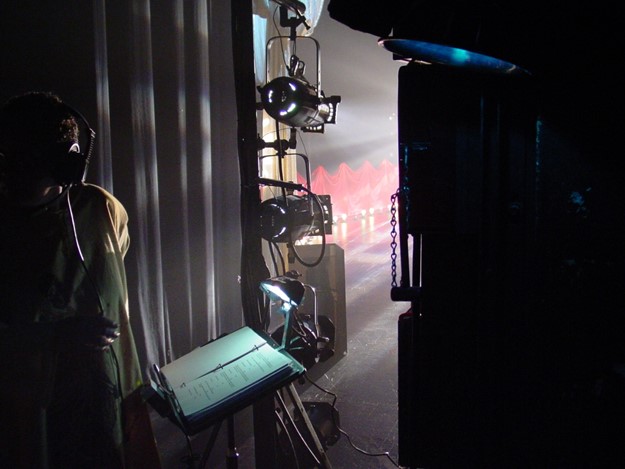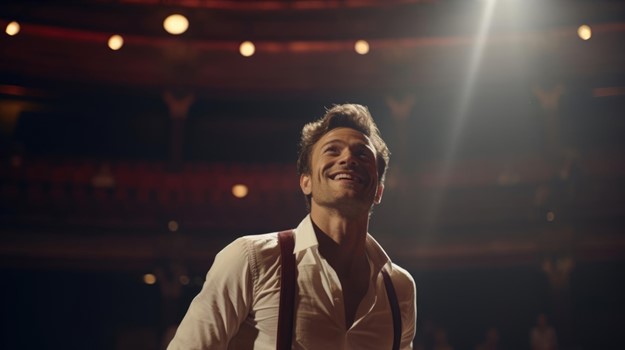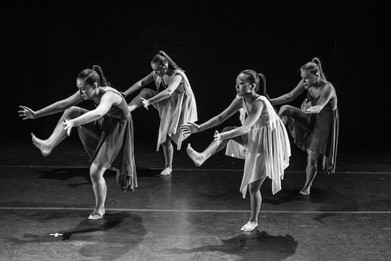
In live theater, performers hold the remarkable ability to transport audiences into captivating worlds, evoke profound emotions, and breathe life into fictional characters. The craft of acting is a nuanced art form that requires skill, dedication, and an innate understanding of storytelling. James Snyder Broadway director delves into the intricacies of acting and explores the techniques these artistic professionals employ to bring characters to life on stage.
Embodying Characters: The Actor’s Transformation
At the heart of acting lies the performer’s ability to embody characters authentically and convincingly. Whether portraying a heroic protagonist, a tragic figure, or a comedic sidekick, actors undergo a process of transformation to inhabit the essence of their roles. This transformation begins with thorough character analysis, where performers delve deep into the psyche, motivations, and background of their characters.
Through extensive research and introspection, they gain insights into their characters’ personalities, quirks, and behavioral patterns. They explore the character’s backstory, relationships, and internal conflicts to develop a rich and multidimensional portrayal. By immersing themselves in the mindset and experiences of their characters, actors forge a profound connection that allows them to inhabit their roles with authenticity and depth.
Techniques of Characterization: From Subtext to Physicality
In bringing characters to life, professionals employ a range of techniques to convey emotion, intention, and subtext to audiences. One such technique is subtext—the underlying meaning or subtextual layer beneath the character’s dialogue. Through subtle gestures, facial expressions, and vocal inflections, stage performers communicate the unspoken thoughts and emotions that lie beneath the surface, adding depth and complexity to their performances.
Physicality also plays a crucial role in character portrayal, as artists use their bodies to express emotions, convey status, and communicate personality traits. From posture and gait to facial expressions and gestures, every aspect of physicality is carefully crafted to reflect the character’s inner world and external circumstances. Through physical transformation, actors embody the essence of their characters, creating a compelling and immersive experience for audiences.

Eliciting Emotions: The Actor’s Emotional Toolbox
One of the most potent tools in a performer’s arsenal is their ability to evoke emotions in audiences. Through the use of emotional recall, actors tap into their own personal experiences and memories to access a range of emotions authentically. By drawing upon past experiences of joy, sorrow, love, or anger, stage professionals infuse their performances with genuine emotion, eliciting empathetic responses from audiences.
Additionally, performers utilize various acting techniques, such as sense memory, emotional substitution, and improvisation, to access and express a wide spectrum of emotions on stage. By connecting with the emotional core of their characters and tapping into universal human experiences, actors create performances that resonate deeply with audiences, stirring empathy, catharsis, and introspection.
Engaging Audiences: The Art of Connection
Central to the actor’s craft is the ability to forge a meaningful connection with audiences, drawing them into the narrative and inviting them to share in the characters’ journeys. Through vocal modulation, expressive storytelling, and dynamic interaction, actors captivate audiences’ attention and sustain their engagement throughout the performance.
Moreover, they harness the power of presence—their ability to command the stage with confidence, charisma, and authenticity. By establishing a strong rapport with audiences and creating moments of intimacy, vulnerability, and truth, actors foster a sense of connection that transcends the physical boundaries of the stage, leaving a lasting impression on spectators long after the curtain falls.
The Enduring Magic of Live Theater
In the realm of live theater, actors and stage performers serve as the conduits through which stories come to life, emotions are felt, and connections are forged. Through their mastery of the craft, actors transport audiences to distant worlds, illuminate the human condition, and inspire profound moments of reflection and empathy. As we celebrate the power of storytelling and the art of acting, let us recognize and honor the transformative impact that actors wield in shaping our shared experiences on stage.















